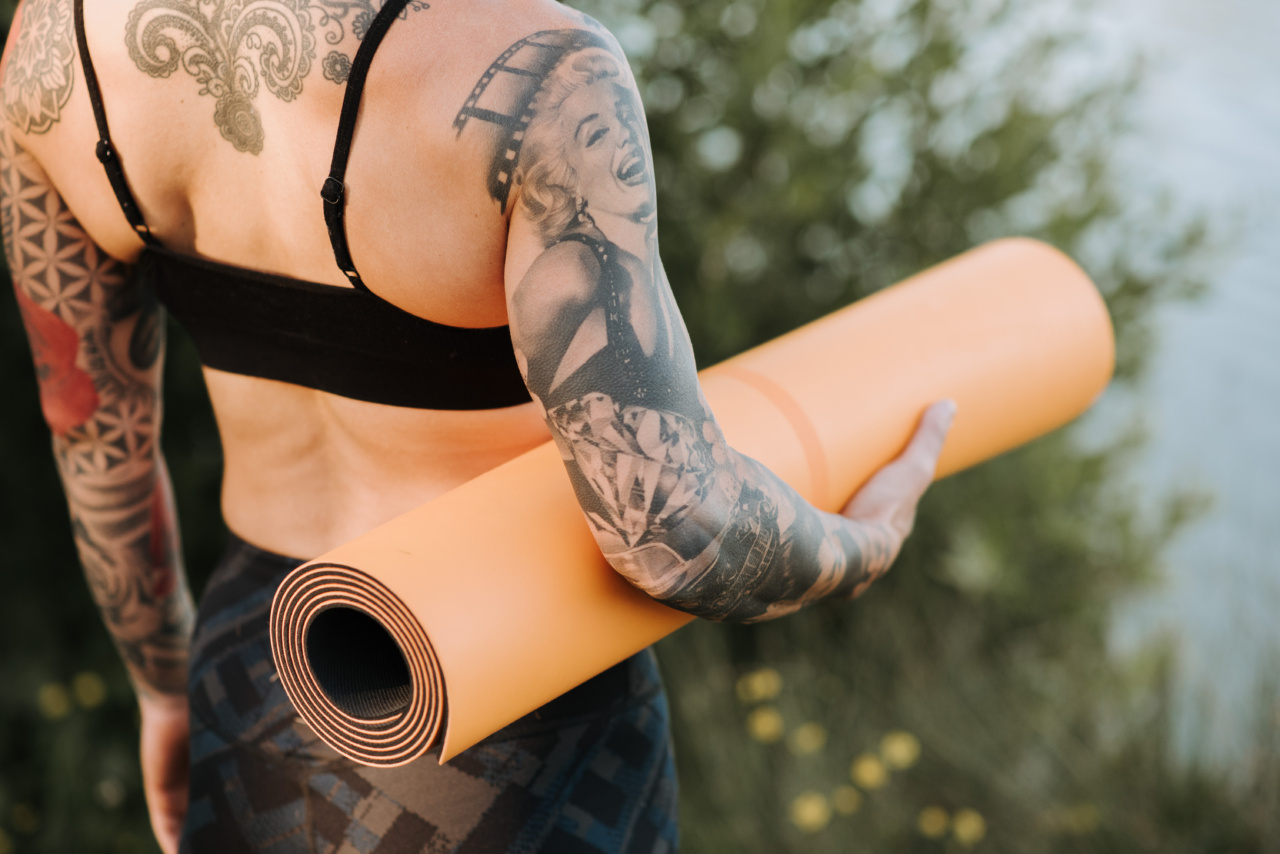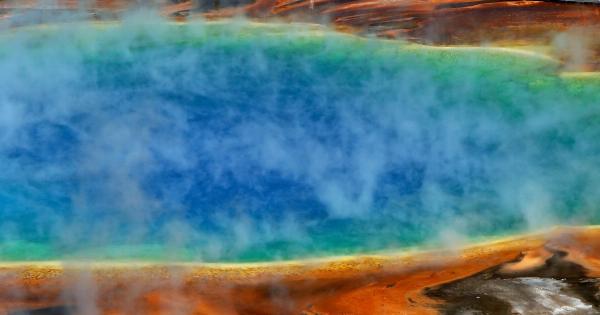Henna body art is a popular practice, especially during summer months. It involves temporary tattoos made by applying henna paste to the skin, creating intricate designs and patterns.
However, as trendy as it may seem, henna body art also poses a number of risks for those who choose to partake in it.
What is Henna Body Art?
Henna body art is a form of temporary tattooing. It originated in ancient Egypt and has been in use for over 5,000 years. The process of henna body art involves applying henna paste, which is made from the leaves of the henna plant, to the skin.
The paste is then left to dry, and once it is removed, it leaves behind a temporary stain on the skin that can last for several days to weeks.
Henna paste is a natural substance, which means that it does not contain any chemicals or permanent dyes. This makes henna body art a safer choice compared to traditional tattoos that use needles and ink.
However, despite being natural, henna paste can still pose a number of risks, especially during summer months.
The Risks of Henna Body Art
1. Allergic Reactions
Some people may be allergic to henna paste, which can cause an allergic reaction. Symptoms of an allergic reaction include redness, itching, swelling, and burning sensations.
In severe cases, it may even lead to anaphylaxis, a life-threatening allergic reaction.
2. Chemical Additives
Henna paste is often mixed with other ingredients, such as synthetic dyes or hair dye chemicals, to enhance the color and create different shades. These additives can cause skin irritation and allergic reactions.
It is important to use natural henna paste that does not contain any additives to reduce the risk of adverse reactions.
3. Infection
The use of non-sterile equipment or contaminated henna paste can lead to infections. Henna body art involves piercing the skin and creating openings for bacteria and other microorganisms to enter.
If not properly sterilized, the equipment used for henna body art can transmit infections, such as hepatitis or HIV.
4. Sensitivity to Sunlight
Henna stain reacts with sunlight and can cause a phototoxic reaction. This means that the skin underneath the henna stain can become sensitive to sunlight and may cause redness, itching, and blistering.
It is important to avoid sun exposure on the henna-stained area for at least 48 hours after the application.
Tips for Safe Henna Body Art
To minimize the risks of henna body art, you should take the necessary precautions, including:.
1. Choose a Reputable Artist
When choosing a henna artist, make sure that they have a good reputation and are experienced in henna body art. Check their reviews and portfolio to ensure that they use natural henna paste and follow proper safety protocols.
2. Check the Ingredients
Before applying henna paste to your skin, make sure to check the ingredients. Natural henna paste should only contain henna leaves, water, and other natural ingredients, such as lemon juice or sugar.
Avoid henna paste that contains synthetic dyes or hair dye chemicals.
3. Follow proper hygiene protocols
Henna body art involves piercing the skin, which can lead to infections.
To minimize the risks, make sure that the henna artist uses sterile equipment and proper hygiene protocols, such as wearing gloves and washing their hands before and after the application.
4. Avoid Sun Exposure
After applying henna paste, avoid sun exposure on the henna-stained area for at least 48 hours. This will ensure that the skin does not become sensitive to sunlight and reduce the risk of phototoxic reactions.
Conclusion
While henna body art may seem like a harmless and trendy practice, it poses several risks that should not be ignored.
To minimize these risks, it is crucial to choose a reputable artist, check the ingredients of the henna paste, follow proper hygiene protocols, and avoid sun exposure on the henna-stained area. By taking these precautions, you can enjoy the beauty of henna body art without putting your health at risk.






























